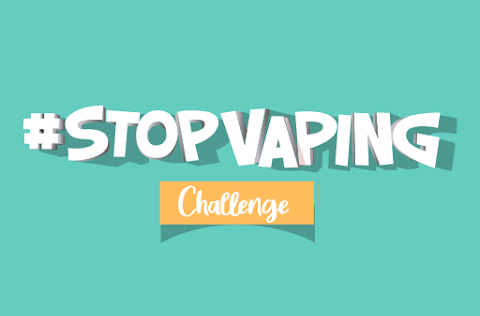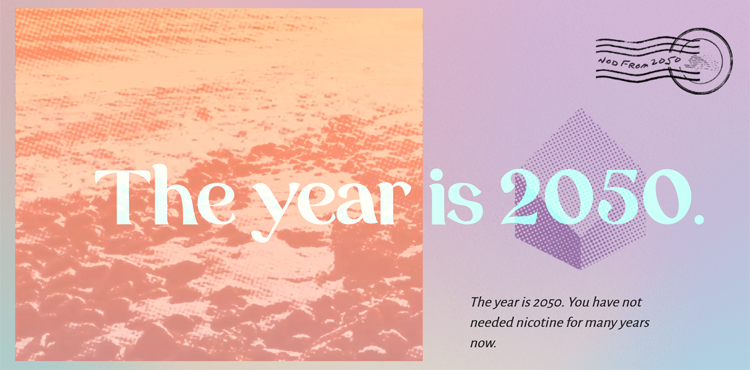Abstract
Background: Health policy-making, a complex, multi-factorial process, requires balancing conflicting values. A salient issue is public support for policies; however, one reason for limited impact of public opinion may be misperceptions of policy makers regarding public opinion. For example, empirical research is scarce on perceptions of policy makers regarding public opinion on smoke-free public spaces.
Methods: Public desire for smoke-free air was compared with health policy advisor (HPA) perception of these desires. Two representative studies were conducted: one with the public (N = 505), and the other with a representative sample of members of Israel’s health-targeting initiative, Healthy Israel 2020 (N = 34), in December 2010. Corresponding questions regarding desire for smoke-free areas were asked. Possible smoke-free areas included: 100% smoke-free bars and pubs; entrances to health facilities; railway platforms; cars with children; college campuses; outdoor areas (e.g., pools and beaches); and common areas of multi-dweller apartment buildings. A 1–7 Likert scale was used for each measure, and responses were averaged into a single primary outcome, DESIRE. Our primary endpoint was the comparison between public preferences and HPA assessment of those preferences. In a secondary analysis, we compared personal preferences of the public with personal preferences of the HPAs for smoke-free air.
Results: HPAs underestimated public desire for smoke-free air (Public: Mean: 5.06, 95% CI:[4.94, 5.17]; HPA: Mean: 4.06, 95% CI:[3.61, 4.52]: p < .0001). Differences at the p = .05 level were found between HPA assessment and public preference for the following areas: 100% smoke-free bars and pubs; entrances to healthcare facilities; train platforms; cars carrying children; and common areas of multi-dweller apartment buildings. In our secondary comparison, HPAs more strongly preferred smoke-free areas than did the public (p < .0001).
Conclusions: Health policy advisors underestimate public desire for smoke-free air. Better grasp of public opinion by policy makers may lead to stronger legislation. Monitoring policy-maker assessment of public opinion may shed light on incongruities between policy making and public opinion. Further, awareness of policy-maker misperceptions may encourage policy-makers to demand more accurate information before making policy.
Author(s): Laura Rosen, David Rier, Greg Connolly, Anat Oren, Carla Landau, and Robert SchwartzDate: May 2013
Type of Publication: Journal Article


 Download directly from your phone’s app store, or through the following links:
Download directly from your phone’s app store, or through the following links: 




